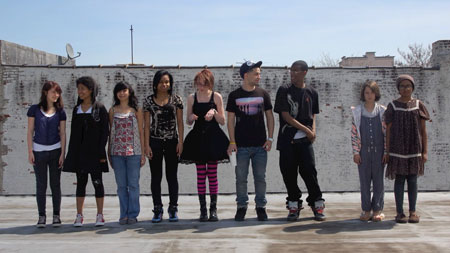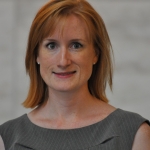
Tim Mikulski
Obama's State of the Union: Another Missed Opportunity for Arts Education
Posted by Jan 31, 2011

Tim Mikulski
 I was planning to write a post about how President Obama made sure to put creativity and innovation at the forefront of his State of the Union last week, but somehow missed any references to the arts. There I was on a treadmill at my local Washington Sports Club, waiting for him to say it. And waiting. And running. And running. And waiting. It never came.
I was planning to write a post about how President Obama made sure to put creativity and innovation at the forefront of his State of the Union last week, but somehow missed any references to the arts. There I was on a treadmill at my local Washington Sports Club, waiting for him to say it. And waiting. And running. And running. And waiting. It never came.
Before I could write a post about it, I came across another one making many of the exact same points. So, rather than state the same thing twice, I invite you to check out Lee Rosenbaum’s Huffington Post piece, State of the Arts: Why Culture Matters for Obamanomics.
In her post, Rosenbaum mentions that Capitol Hill may not be ready for a pro-arts argument following the National Portrait Gallery incident and an influx of new members of Congress who have no interest in funding the arts, humanities, railroads, or Americorps programs. I understand that, but even a passing line about turning STEM (Science, Technology, Engineering, Math) into STEAM (adding Arts), would have been easy to insert.
What if instead of…
“And over the next 10 years, with so many baby boomers retiring from our classrooms, we want to prepare 100,000 new teachers in the fields of science and technology and engineering and math.”
…The President said (using some of the language of Education Secretary Duncan):
Read More









































